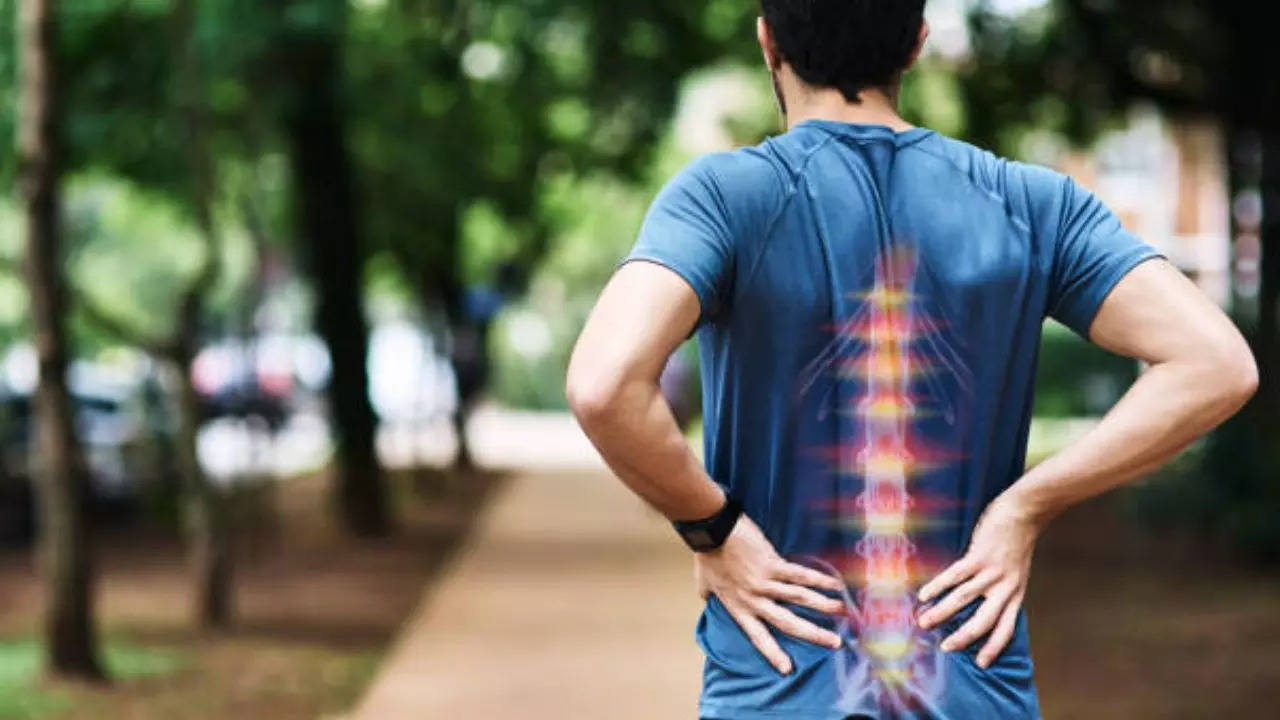-
news
-
Health
Is your skeleton aging faster than you? 5 signs that your bones need help
Bone health naturally declines with age, but early detection and proactive care can reduce the risk. So what can you do to maintain your bone health? We caught up with an expert who shares early warning signs, essential tests, and healthy habits to promote lifelong bone strength.

Is your skeleton aging faster than you? 5 signs that your bones need help (Image credit: iStock)
As we age, it’s natural for our bones to change, becoming weaker and more prone to fractures. But here’s the good news: With the right knowledge and some proactive steps, you can keep your bones strong and reduce age-related risks. Bone loss is a gradual process where bone density and strength decrease over time. This happens because our bones are constantly renewing themselves in a cycle of breaking and building. As the years go by, this balance can change, leading to bone loss. Women, especially after menopause when estrogen levels drop, are at greater risk – but men are not immune either. So what should you do?
We contacted Dr. Ashish Acharya, Senior Consultant Orthopedics and Sports Medicine Unit, Sir Ganga Ram Hospital New Delhi, who explains the early symptoms and essential tests that you should not ignore.
Early symptoms of bone weakness
Dr. Acharya explains that being able to recognize the signs of weak bones is an important way to ensure early intervention. Common symptoms include:
Frequent fractures: If minor falls or bumps are causing the fracture, the bones may become weak.
Height loss: The most common cause of height loss over time is spinal cord compression or vertebral fracture.
Back pain: Persistent or unexplained back pain may be caused by spinal cord disorders or fractures.
Poor posture: Hunched or hunched posture can indicate weak bones, especially in the spine.
Grip weakness: It has been suggested that low grip strength may be associated with general bone health,
Main tests you should not ignore
Early detection of bone problems can prevent serious complications. Following are the major tests to note:
bone density scan (dexa scan,
A DEXA scan is a measurement of bone mineral density. It is considered the gold standard for diagnosing osteoporosis and assessing fracture risk. This test should be offered to women above 65 years of age and men 70 years of age or earlier if there are risk factors such as family medical history of osteoporosis.
blood test
Tests of calcium, vitamin D levels and parathyroid hormone are very important. Inadequate amounts of calcium and/or vitamin D weaken bones while disorders in parathyroid hormone levels alter bone metabolism.
CT scan or MRI
Dr. Acharya shares that these imaging modalities, especially in cases of unexplained back pain or when a fracture is suspected, reveal bone structures in very fine detail and not visible on X-ray The detectors detect microscopic fractures.
Markers of bone turnover: These are blood or urine tests, specialized, that measure the rate of bone breakdown and formation to assess bone metabolism.
How to keep your bones healthy?
Dr. Acharya shares some strategies that can help you keep your bones strong throughout your life:
Balanced diet: Increase your intake of calcium-rich foods, including dairy products, leafy vegetables and fortified cereals; Sources of vitamin D include sunlight and fatty fish.
Exercise regularly: Weight lifting and resistance exercises, especially weight lifting, are essential for strengthening one’s bones and muscles.
Avoid harmful habits: This would include limiting smoking and excessive alcohol consumption as these are harmful to the bones.
Bone-Friendly Lifestyle: Prevent falls by keeping the environment safe and improving balance with yoga.
“Though inevitable, the process of bone aging can still be managed by timely detection with the help of proper and timely care. Dr. Acharya said, to keep bones healthy, you need to strengthen your lifestyle.
Get the latest news live on Times Now with breaking news and top headlines from around the world.


